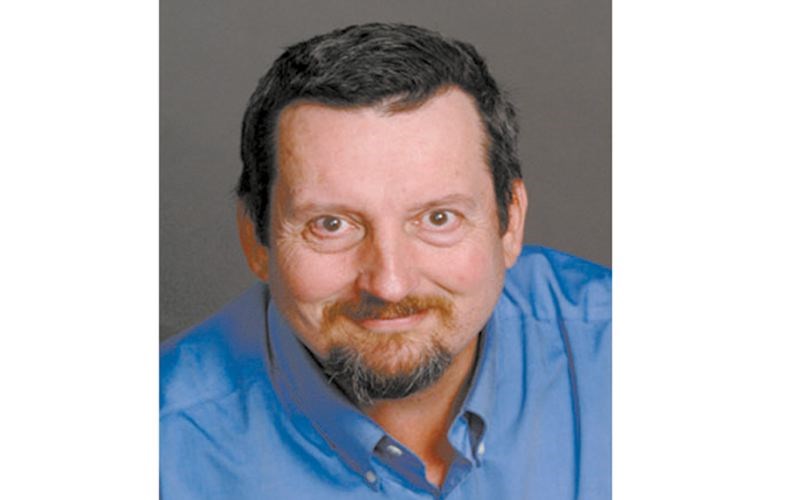For the last couple of weeks, we have been talking about randomness and probability.
Probabilities are the way science and mathematics deal with random events and as much of our lives involves random actions, an understanding of probabilities is relatively important.
This is the premise behind Leonard Mlodinow's The Drunkard's Walk.
Interestingly enough, even some mathematicians have a hard time with probabilities. This was demonstrated in Parade magazine's Ask Marilyn column where Marilyn vos Savant asked and answered a multitude of questions. Perhaps her most controversial column appeared in September 1990:
"Suppose the contestants on a game show are given the choice of three doors: Behind one door is a car; behind the others, goats. After a contestant picks a door, the host, who knows what's behind all the doors, opens one of the unchosen doors, which reveals a goat. He then says to the contestant, 'Do you want to switch to the other unopened door?' Is it to the contestant's advantage to make the switch?"
This question has become known as the Let's Make a Deal proposition as it is patterned on the game show. The obvious answer would appear to be "It's 50:50 so there is no point in switching." but the obvious answer is wrong.
Switching greatly improves the odds of winning the car.
Why? As we talked about last week, the sample space remains the same in this case. Initially, you have a 33.3 per cent chance of being right and a 66.6 per cent of being wrong with your guess. Revealing the prize behind one of the doors does not change the sample space or the odds. Switching doors increases your odds of winning the car to 66.6 per cent.
When Marilyn vos Savant answered the question in her column, the outcry from readers was overwhelming. Many mathematicians wrote in to say something to the effect of "you blew it." Mathematicians across the country were irate. One wrote: "How many irate mathematicians are needed to change your mind?" Another remarked: "If all those PhDs are wrong, the country would be in serious trouble."
Of course, all of the mathematicians and other folks writing in were wrong.
There are a number of ways to demonstrate this. But the simplest is to just consider the sample space of possible outcomes. Or you can do what the Mythbusters did and build an elaborate apparatus to demonstrate the success of switching.
In any case, understanding probabilities is the key to understanding much of the randomness in our lives. One of the more interesting examples is the "bell curve" or "normal distribution."
Most of us have encountered the bell curve in school. It appears in exam scores where some kids score high, some low, and most are in the middle. It is not just applicable to groups of people but to individuals when they repeatedly try an activity. Golfing is an example. My normal score is around 94 at Aberdeen Glen but it can vary in any given series of games, typically from 88 to 99 or beyond!
If I was to plot all of the games that I have played on the course, I would get a normal distribution or bell curve for those scores. But what is perhaps more interesting is when I score better than average - the day I scored an 84 - I am elated.
Things had gone really well.
The next game, though, I was back to a 94. I reverted to the mean in the language of science. However, rather than accepting this as an expression of the randomness of my golf game, I looked for reasons why I scored so well one day and not the next.
This where our propensity for patterns come into play as I, like any other human, started to look for reasons.
Maybe it was the weather or my shoes or my new club or the shirt I was wearing or the new golf ball.
In reality, it is just randomness and a matter of probabilities.



